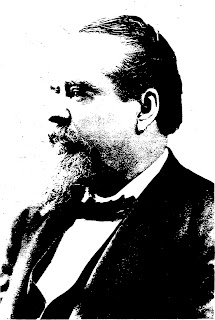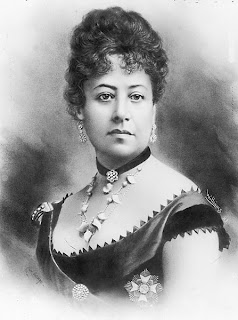By the middle of the 19th century the Hawaiian population had declined drastically through the impacts of disease and epidemics and the dispersal of the young men of the Kingdom on whaling ships and seeking their fortunes in the California gold fields.
In 1850, the Hawaiian population was down to 46,500. At the same time the American occupation of California and Oregon gave the islands a large, relatively close market for agricultural crops.
Starting in the 1850s, when the Hawaiian Legislature passed "An Act for the Governance of Masters and Servants," a section of which provided the legal basis for contract-labor system, labor shortages were eased by bringing in contract workers from Asia, Europe and North America.
In 1852, the first group of 200 Chinese labor contract immigrants were brought in to work in the sugar plantations. In the hundred years from 1850 to 1950, over 350,000 labor immigrants were brought in to supply workers for the plantations and to augment a declining population with people of kindred races.
For nearly one hundred years immigrants arriving in Hawaiʻi had their initial processing in the area of the present immigration building at the entrance to Honolulu Harbor.
In the 19th century they came over the channel wharf to be processed at the pavilion and quarters of the Kingdom's Quarantine and Immigration Depot built in 1879 on what was popularly called Fisherman's Point.
King Kalākaua, who personally initiated Japanese immigration in a visit to the Emperor, visited the station to greet the initial group of Japanese laborers arriving in 1886. After a hospitable welcome which included entertainment of hula dancers, he invited some of the group to the Palace to display their skill at fencing. (NPS)
The United States government took over immigration matters after annexation and built new structures out over the mud flats (which opened July 4, 1905.)
The buildings were designed to fit the climate and atmosphere of Hawaiʻi and to be an inviting place for immigrants to come through. (This was the first use of terra cotta in Hawaiʻi.)
Although Herbert C. Clayton was the architect who contracted to design the building, it is quite evident that the architect associated with him for this project had the major design role, CW Dickey.
The entrance portico designed by Dickey as the most important architectural feature of the building reflects Hawaiʻi and the Immigration Station function as a bridge between East and West.
The portico is accented by Chinese architectural details and the large bronze compass plaque set in the floor of the entrance lobby shows Hawaiʻi as the crossroads of the Pacific by indicating distances to principle cities on the Pacific rim.
An interview with Mr. Dickey on July 27, 1934 in the Honolulu Star-Bulletin best describes the intent and execution of the complex in the designer's own words:
"In designing the new immigration station buildings the main objective was a group of buildings expressing the spirit and environment of Hawaiʻi and at the same time maintaining well balanced and well-proportioned masses, graceful lines and a pleasing color effect."
"This meant a wide departure from the more or less stereotyped stations of the mainland and it required no small amount of persuasion and diplomacy to get such a design accepted...."
“In general the buildings consist of low lying masses of cream colored stucco walls surmounted by graceful sloping roofs of variegated green and russet tiles."
A special area was designed into the building to provide a "matrimonial" room where Japanese girls, who had been married by proxy in Japan to men living in Hawaiʻi, met their husbands for the first time and were formally married. These picture brides numbered 14,276 between the years 1907 and 1923.
Mr. AE Burnett, for many years the District Director of Immigration, hoped that the buildings would serve as a model for other stations across the nation.
The Dickey designed buildings were placed on the National Register of Historic Places (much of the information here came from those records.)
(By the way, in the existing immigration center, there is a fountain put in by Italian POWs from WWII – unfortunately, it is in a secured area and you can’t get directly to it. However, you can see it through a chain link fence on the back side (makai) of the building.)
The image shows the Immigration Station in 1905; this was replaced by the present Dickey-designed facility. (Lots of information here from NPS.) In addition, I have added additional images in a folder of like name in the Photos section on my Facebook and Google+ pages.
Follow Peter T Young on Facebook
Follow Peter T Young on Google+
© 2013 Hoʻokuleana LLC
-1905.jpg)







.jpg)


.jpg)
.jpg)

.jpg)